On Sunday, March 27, 1977, two giant Boeing 747s collided directly on the runway in the Canary Islands. No one survived from the Dutch plane, 61 people were rescued from the American Boeing. They waited several tens of minutes for the ambulances and firefighters to arrive. There was nothing to see because of the fog. It has been 40 years since the worst plane crash. Terrorism, bad weather, outdated airports, new regulations for pilots, misunderstandings and bad decisions. These are just some of the causes of the accident in which 583 people died in the Canary Islands.
According to the findings of the investigation, the accident was the result of human failure. However, it was also affected by the unfavorable weather and the previous terrorist attack on the neighboring island of Gran Canaria, which made the airport on the island of Tenerife much busier than usual. At five o’clock in the afternoon, two large-capacity Boeing 747s were on the track.
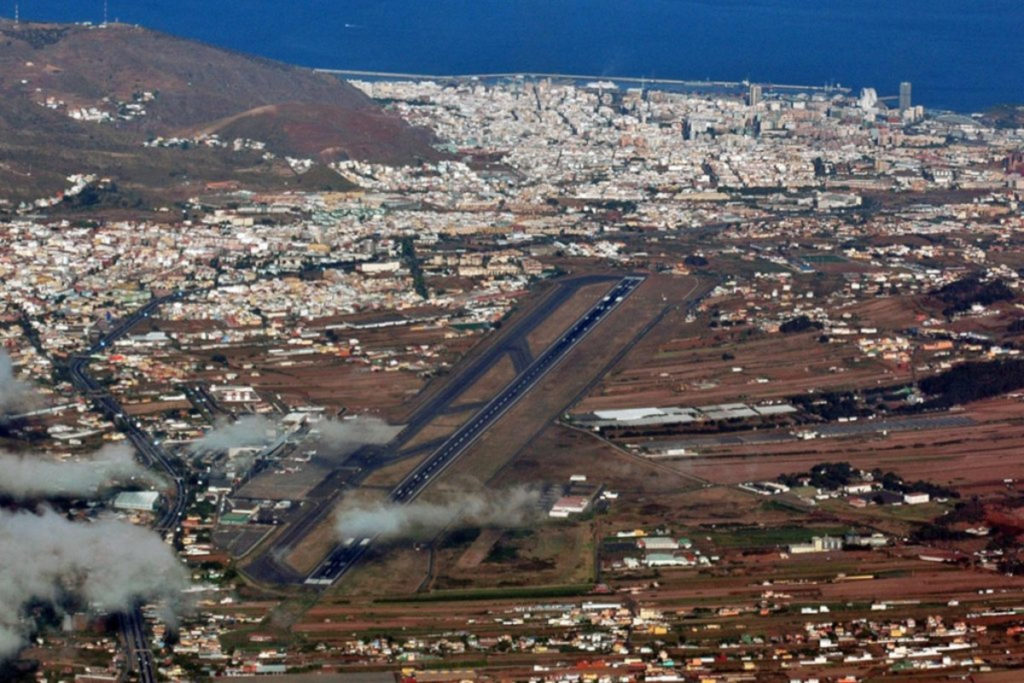
The Pan Am plane, which had 396 people on board, was not yet enough to dodge the adjacent taxiway when the captain of a Dutch jumbo jet decided to take off in the thickening fog, although the control tower had not yet allowed it. Only at the last moment did he notice that his boeing in KLM colors was rushing into the side of the other plane at full speed, but the collision could no longer be prevented. Although the crew still managed to lift the aircraft into the air, the landing gear and engines literally scalped the American aircraft and after a 150-meter jump, a Dutch Boeing full of fuel exploded after hitting the ground. In a single moment, all 249 people on board died. Some of the passengers and crew on the American plane were more fortunate. Its pilots noticed an approaching Dutch plane, added gas and saved the lives of 61 people in the front of a Boeing 747.
What actually happened
What was actually going on at the airport? On March 27, 1977, two Boeing 747s approached the Canary Islands, among others, one carrying passengers from New York (Pan Am), the other from Amsterdam (KLM). Their destination is Las Palmas. But there will be a bomb attack at Las Palmas Airport. There is an evacuation, a search of the terminal and, of course, the rerouting of incoming flights. This will put a large number of planes at the otherwise small and unoccupied Los Rodeos Airport.
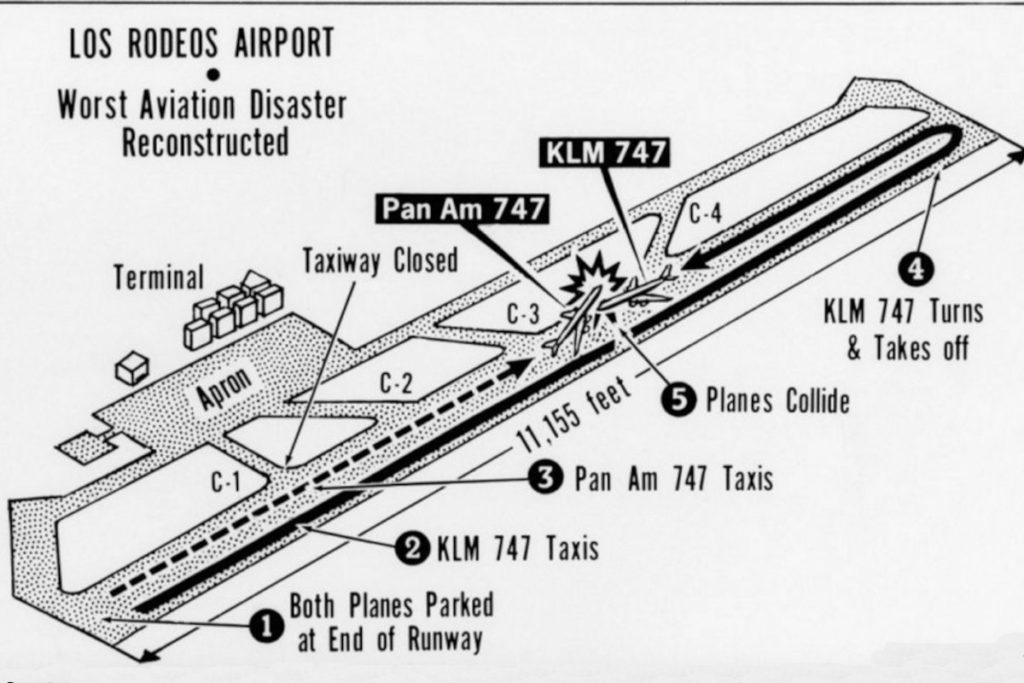
The captain of the Dutch aircraft was one of the most experienced pilots at KLM. Paradoxically, this may have made him prone to bad decisions. The last six months he trained new pilots on trainers and could thus suffer from the so-called “simulator syndrome”, where as an instructor he has control over many parameters of the flight and nothing can surprise him. Due to the new rules regarding the rotation of pilots, he decided to refuel a full tank of fuel while waiting, so that he would not have to refuel in Las Palmas, Gran Canaria. However, the team delayed the Pan Am plane waiting for him. At the same time, he loaded the plane with fuel so that he could not lift it in time. And third, the amount of burning fuel made it impossible for anyone to survive on his plane. At least that’s what the Spanish investigators’ report says.
Consequences of stress
The relatively poorly equipped airport needed to “get rid” of the accumulated aircraft before the weather worsened even more. It therefore sent both Boeings to the start. KLM started first, Pan Am had to roll the runway for the time being, turn left and allow KLM to start. Los Rodeos was indeed a small airport. It had only one runway and one main service runway, the so-called taxiway, and several small connecting runways. The number of diverted aircraft caused a lack of space, and so the aircraft began to shut down the air traffic control on the service runway. Thus, it could not be used to move aircraft to the runway. The aircraft had to complete this task on the main runway, at the end of which they had to turn around and then take off.
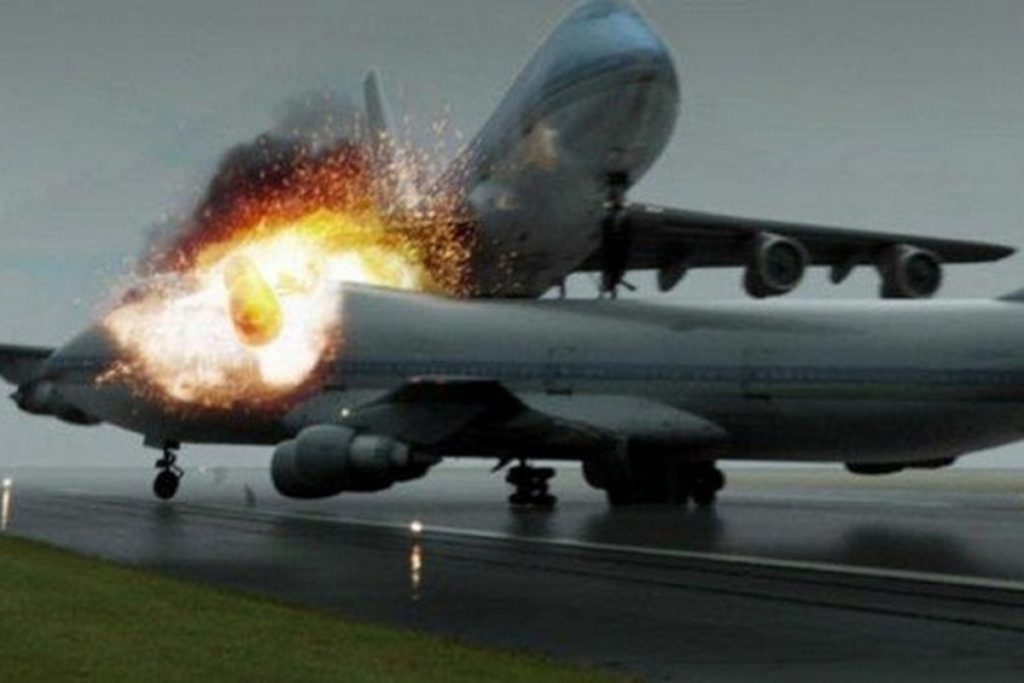
Nervousness and misunderstandings were probably the key factors. The captain of the KLM machine was obviously in a hurry and did not want to stick to the airport anymore. After announcing the starting position and checking the engines, he asked the first flight level he wanted to take off with the machine. Although he had been informed by the first officer that the first flight level had not yet been assigned, which the captain had ordered him to inquire about. Subsequently, he received it from the control tower and at the same time the dispatching called on the KLM machine to wait for permission to start. After the flight level was assigned, the captain simply said “we’re leaving” and turned on the machines at full throttle.
After the start of KLM, the events took a quick turn. KLM’s fully launched Boeing 747 spotted a Boeing Pan Am, who was about to turn off the main track. Captain van Zanteem tried to prevent the collision by lifting the plane. However, it was fully refueled and rose very slowly. In an effort to avoid a collision, he even leaned the tail of the plane against the runway and dragged it almost twenty meters down the runway. In an effort to prevent a collision, Pilot Pan Am ran the engines at full power in an attempt to get off the runway. The Boeing 747 KLM caught the fuselage of Pan Am with the landing gear and the lower part of the aircraft and literally tore it to pieces. The KLM pilot soon lost control of the aircraft and crashed to the ground about one hundred and fifty meters after the collision, then crashed on the runway for about another three hundred meters. As he was fully refueled, a diabolical inferno began, in which all two hundred and forty people on board, including the crew, died. An identical fire scenario awaited Pan Am’s passengers, but sixty-one passengers, including pilots and an aeronautical engineer, were rescued from this machine, leaving the aircraft through a torn fuselage. However, while leaving the aircraft, one flight attendant was killed by a flying component from the crumbling engines, which were operating at full power and could not be switched off due to damage to the aircraft.
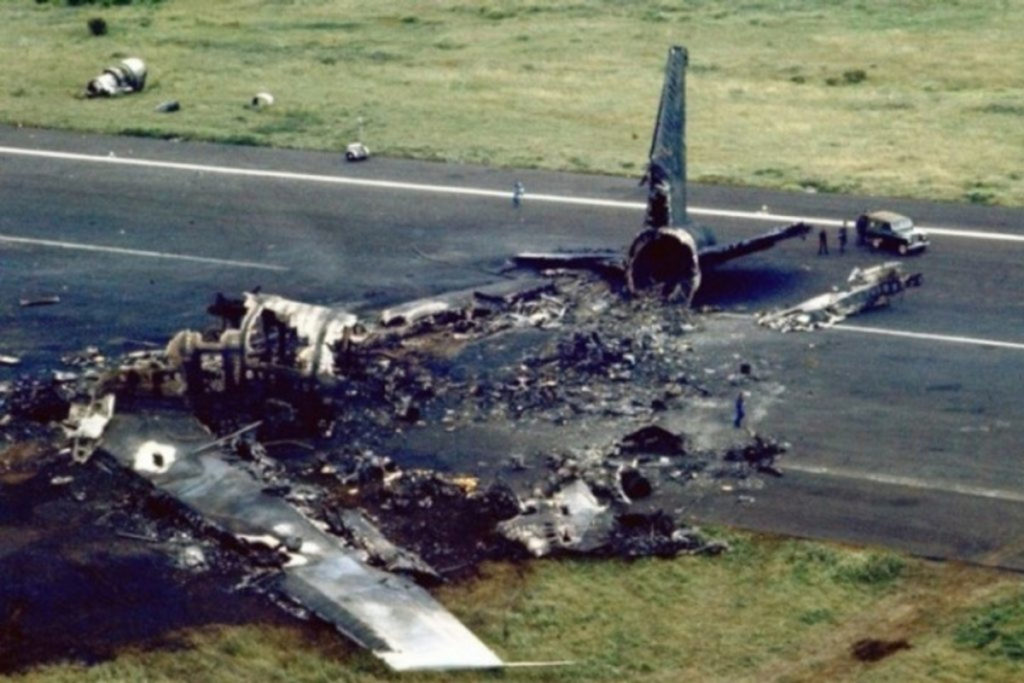
The decision of KLM captain Jacob van Zanten to start without permission from the control tower had the most significant impact on the overall catastrophe. The critical factor was the deterioration of the weather and also the simultaneous transmission of the control tower and the Pan Am aircraft. At that time, Los Rodeos Airport used only one frequency to communicate with all aircraft. Only one could speak at a time, and if anyone else wanted to speak, he had to wait for the end of the previous broadcast.
Confusion reigned not only before the collision but also after it. Rescuers extinguished the KLM machine, not knowing that two planes had crashed, which could have saved more lives. Paradoxically, they received information that something was burning on the runway from another small plane, which at that moment was circling on the waiting circuit and was waiting for permission to land. His crew saw rising smoke in the fog and saw flames in the gap between the clouds. The rescue vehicles from the airport, insufficiently equipped in the event of a major accident, arrived at the burning KLM aircraft with a delay because they had to switch between parked aircraft. The plane was completely on fire, according to witnesses, only the back of the tail and the rudder could be seen from it.
None of the firefighters and intervening doctors knew at the time that there was another plane 450 meters away in the thick fog, which was only partially destroyed and in which many injured passengers remained trapped. After the firefighters partially extinguished the burning KLM aircraft, several vehicles went to the second source of smoke, which they considered part of the KLM aircraft, but found that it was another burning Boeing. All rescue teams then moved to him, because there was nothing to save on the KLM aircraft. According to witnesses, they arrived only after a few tens of minutes, when the plane was completely burned out, and it was too late for the passengers who survived the crash and did not get out of the plane.
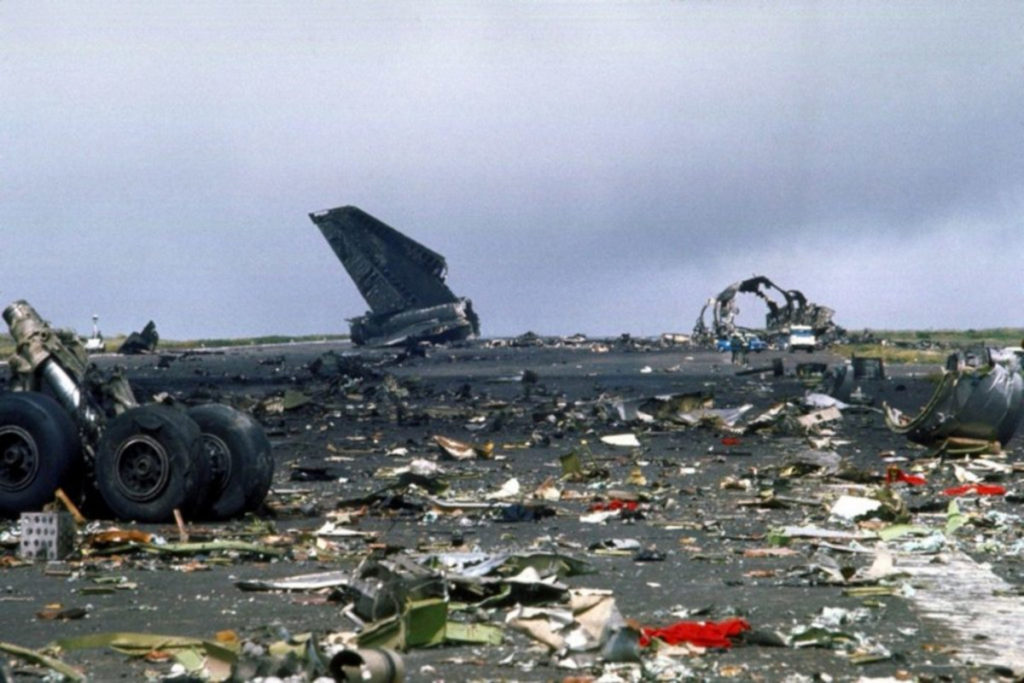
The tragedy has accelerated the development and deployment of a special radar device that is able to monitor the movements of all machines on all runways of the airport and anticipate theoretical threats and collisions in advance, regardless of reduced visibility.
So little was missing
And finally, one more paradox. In the late 1960s, the island authorities of Tenerife identified the need for a new airport in a new location because the existing airport did not meet the technical requirements due to frequent adverse weather conditions. The new airport was under construction when the disaster struck at Los Rodeos Airport. The new airport was inaugurated on November 6, 1978 by Queen Sofia of Spain, after which it is named. The first flight was an Iberia IB187 flight from Lanzarote, which was operated by a McDonnell Douglas DC-9 aircraft and landed at the newly opened airport at 10:17.

Did you like this article, was it useful to you? You can also support the creation of this website by sending any amount to ES08 0049 5735 1122 1616 5370, swift BSCHESMM. Include “Canaria Guide Support” in the note. Thank you for supporting.
(Photos: Wikipedia)


